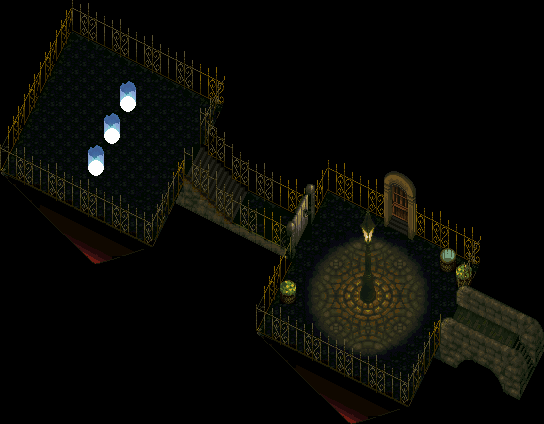

Sure, OK.
Welcome to my brain
- Red
- Don’t know, the “camera” wasn’t panned up that high
- All I really “saw” was jeans
- Looked like one of those rubber balls that people like to bounce against walls, like in handball or squash. About as big across as the palm of your hand. Hollow, you could squish it without much effort.
- one of those simple black square tables from Ikea
That’s kind of what just popped into my head before I knew there were questions.











Free software had a non-free extra bit that it technically didn’t need. Accidentally got changed to need the non-free part in order to run which caused news stories. Now the change has been reverted so it’s free again.